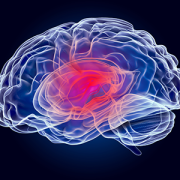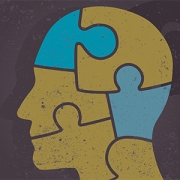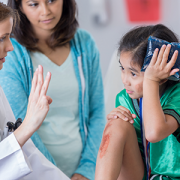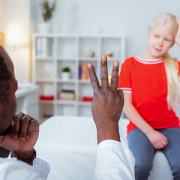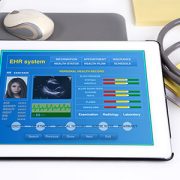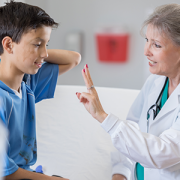20 years of leadership in the concussion space
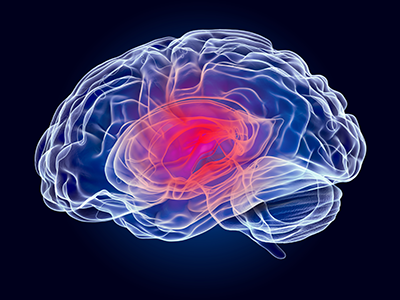
The concussion space has evolved, especially in the pediatric field, more than ever before.
For the past two decades, the concussion space has evolved, especially in the pediatric field where more than ever before, experts are specializing in the evaluation and management of concussions in children. Gerard Gioia, Ph.D., is a neuropsychologist and the director of the Safe Concussion Outcome, Recovery & Education (SCORE) Program at Children’s National Hospital. He has been at the forefront of this work and is a leading expert in traumatic brain injury research and education.
For 20 years, Dr. Gioia has lent his expertise to CDC’s HEADS UP campaign providing clinical and research insights on concussion prevention, recognition and response. Here’s what we’ve learned.
Q: What has been the biggest change you have seen in the concussion landscape over the last 20 years?
A: The biggest change is awareness. Most people now recognize concussions as a serious issue. The second change is how we treat concussions. People used to think that if you got a concussion, you had to sit in a dark room and not do anything after a concussion. Now, we know better. This is where care plans (such as the ACE care plan) come in. Healthcare providers now tell people with a concussion that they need to be progressively active (physically, socially, cognitively) and that appropriate activity can speed and improve recovery. Related to active recovery management, we now provide explicit guidance to schools in supporting the returning student from day one.
Q: How have you and Children’s National been involved with CDC’s HEADS UP campaign?
A: I was excited when CDC released educational materials for physicians in 2003 on identifying mild traumatic brain injury (mTBI) and concussions. I soon realized that they were not robust enough. In 2005, CDC released a tool kit for high school coaches (HEADS UP to High School Coaches). That was great — a robust toolkit full of ideas for what to do if a kid gets a brain injury. I reached out to Jean Langlois and then Kelly Sarmiento at CDC. That kicked off several efforts with CDC to create educational materials for physicians (HEADS UP: Brain Injury in Your Practice), youth sports coaches (HEADS UP: Concussion in Youth Sports) and school professionals (HEADS UP to Schools: Know Your Concussion ABCs).
Q: What do you envision for the next 20 years of concussion research and education?
A: Treatment and prevention are the ultimate goals for us. I am looking forward to refining active treatment using biomarkers, the biological underpinnings of injury. Expanding and refining our understanding of these biomarkers will change the game for concussion treatment. We also need to focus efforts on preventing these injuries and modifying how we teach/coach youth sports with greater safety in a developmentally-appropriate manner.


